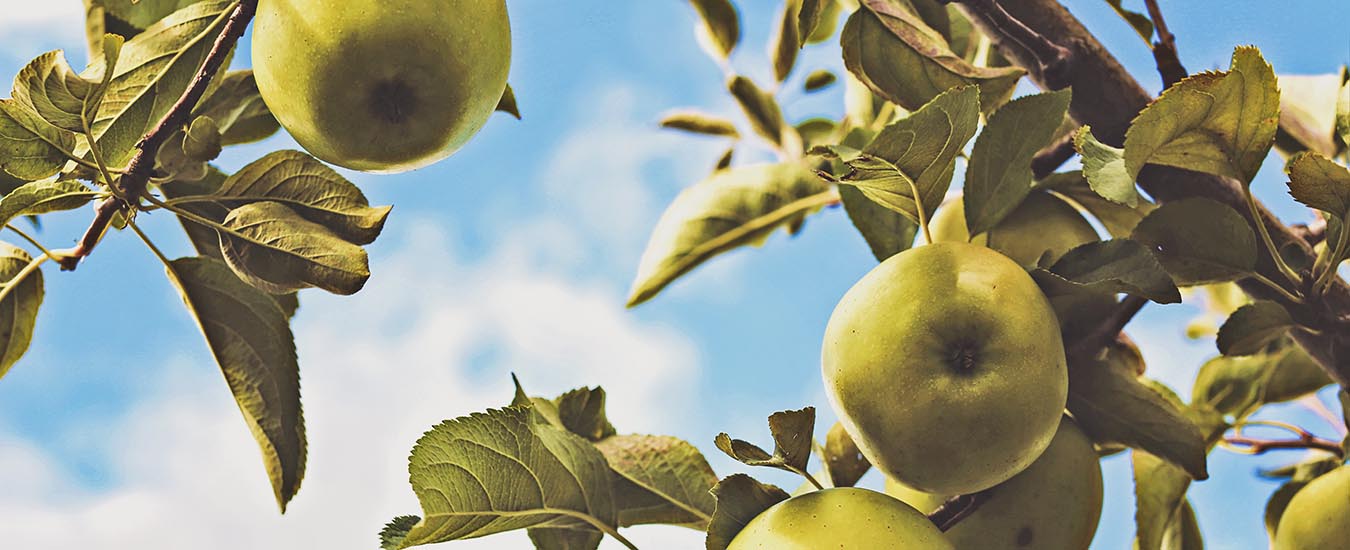Most people have heard the term “antioxidant” in relation to foods that may provide some health benefit, but many folks may not know just what the word really means.
To simplify their rather complicated role, antioxidants act as an army to protect against and repair cellular damage due to unstable oxygen molecules called free radicals. Free radicals are produced naturally in our bodies as we age, but also come from our environment—through things like pollution, radiation and smoking. Over time, cellular damage can lead to diseases such as heart disease, diabetes, cancer and Alzheimer’s.
Antioxidants can be acquired through vitamins, minerals and plant compounds called phytochemicals. Several better known and well-researched antioxidants include vitamins A, C and E, selenium and nutrients called carotenoids and flavonoids. They are found in a wide array of unprocessed foods, including fruits and vegetables, whole grains, seeds and nuts, legumes (beans and lentils), meats, seafood, poultry, spices, herbs and teas.
There is also an abundance of products on the market claiming to provide a megadose of disease fighting antioxidants—products like goji and acai berry supplements. Goji and acai berries do have antioxidant qualities, but consumers should be wary of claims made by supplement manufacturers. Some companies charge a hefty price and make unreliable statements without evidence to support those statements. Many natural health products are government approved, but approval is not based on the same rigorous testing for effectiveness, drug interactions or adverse effects as that for pharmaceutical drugs. Just because a product contains “natural” ingredients, don’t assume it’s safe. Be sure to choose products with a Natural Product Number (NPN) or Homeopathic Medicine Number (DIN-HM) on the label.
It’s also worth noting that vitamin and mineral supplements, including multivitamins, do not provide the same antioxidant advantage that foods do. Research has shown that substances in pill form don’t provide the same disease fighting benefits as foods. The reason for this is not well understood.

And keep in mind that there is such a thing as “too much of a good thing” when supplements are taken in high doses. Getting more than what your body needs is a waste of money and poses a potential risk for toxicity and adverse reactions. The bottom line: talk to your health-care provider prior to taking supplements. Unless they are recommended, save your money and spend it on nutritious foods. A pill should never be a substitution for eating well.
It pays to be cautious when evaluating the antioxidant claims made by many food products as well. Some companies may emphasize the antioxidant properties of a product and disregard the high sugar, salt or fat content.
And mind how you prepare your foods: cooking methods and cooking time can impact the stability of certain nutrients and antioxidants. Boiling your vegetables tends to cause the highest antioxidant loss. To reduce loss, minimize cooking time, and use methods such as steaming, baking, broiling, sautéing and microwaving. Also, use as little water as possible unless you plan to consume the water.
The finer things in life
Often, we hear about the benefits of eating dark chocolate, red wine, tea and coffee but are these claims too good to be true?
In terms of dark chocolate, there is some evidence to show that dark chocolate’s cocoa phenols play a role in lowering blood pressure. The greatest benefit is derived from chocolate with the highest percentage of cocoa. Still, the high calories, fat and sugar content can have a negative impact on heart health. Moderation is key.
Several studies have shown red wine’s positive heart-healthy benefits, but before you overindulge, keep your intake within the daily recommended limit of no more than one serving of alcohol for women and two for men. Also, a serving of wine is five ounces, not the size of your wine glass.
We’re frequently told about the disease-fighting benefits of coffee and tea, with black and green teas having higher antioxidant content than coffee. This is not a free pass to excuse excessive caffeine intake. Be mindful that consuming excessive amounts of caffeine can impact blood pressure and can cause anxiety and nervousness. Drink coffee in moderation, to a daily caffeine maximum of 400 mg a day. (Note that coffee has roughly 80-180 mg of caffeine per cup; tea, about 15-50 mg of caffeine per cup.) Better yet, choose decaffeinated.
Evidence to support the benefits of antioxidants is promising but more research is needed. What we do know for certain is that people who follow a healthy, well-balanced diet with emphasis on fruits and vegetables are healthier and have lower rates of disease. So, choose unprocessed foods and a rainbow of colours every day to gain the most preventative and disease-fighting benefits.
How to get more antioxidants
Choose variety: Like an army, the more soldiers fighting together, the more effective the troops. The body needs a mix of vitamins and minerals, such as vitamins A, C, E, and beta-carotene, to neutralize the assault by free radicals, so choose variety from all food groups, but also within each food group.
Go for colour: Colour is indicative of type and amount of antioxidant in a food—for example, the deep purple colour of blueberries gives them richer antioxidant content than a white banana. Likewise, whole wheat grains are higher antioxidant than white grains. Aim to include seven different-coloured foods a day.
Mix it up: Add fruit and wheat bran to your cereal or yogurt; make a fruit salad with a mixture of your favourite fruits and place it in full view at the front of your fridge; jazz up that basic iceberg lettuce salad with dark, leafy green such as spinach, arugula or mixed greens and top with a variety of coloured fruits and vegetables, nuts and seeds. Go beyond your basic recipes and add extra vegetables to your pasta sauces, soups, casseroles and stir-fries.
